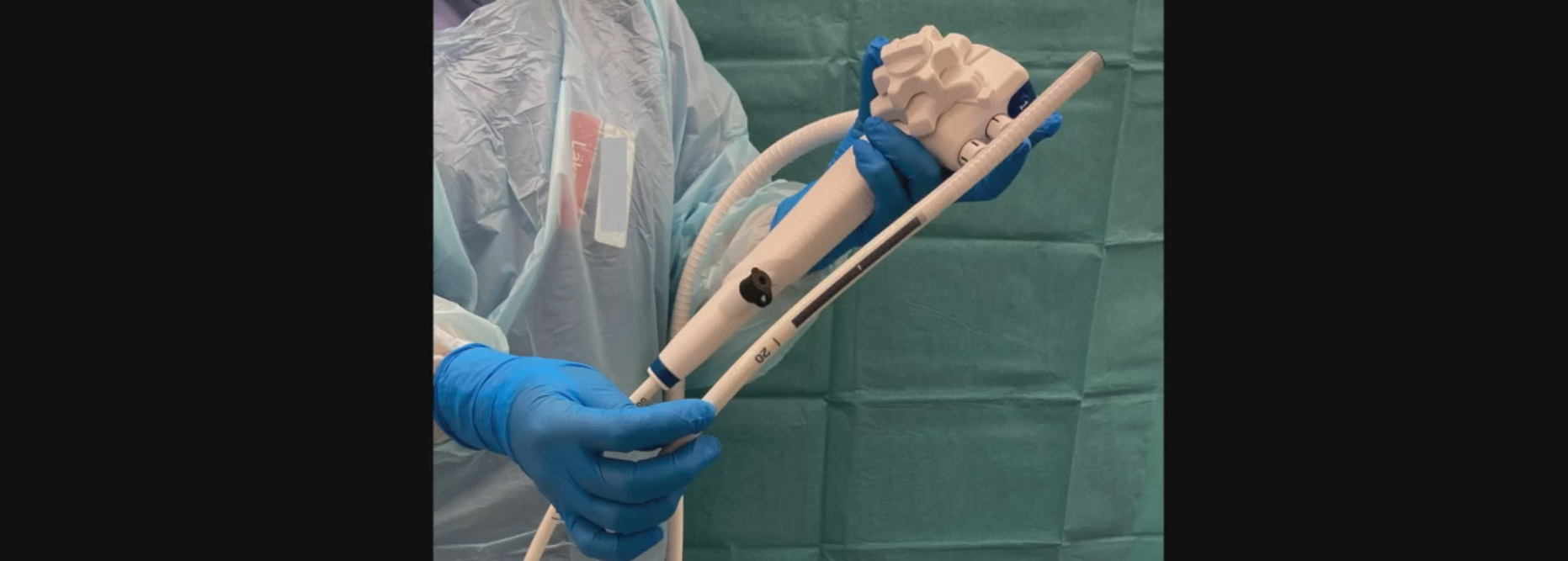
Single-use endoscopes are more typically used in diagnostic procedures than therapeutic ones, leading a group of doctors to test a novel single-use gastroscope in two differing advanced therapeutic procedures.
They found the Ambu aScope Gastro — the first available single-use gastroscope — to be effective in each.
Their first case involved a 56-year-old female patient with gastroesophageal reflux disease (GERD) and the second a 63-year-old male patient with a history of dyspepsia who underwent an EGD, which identified Barrett’s esophagus.
“Owing to their safety profile and technical performance, disposable gastroscopes might be useful in different clinic and logistic contexts,” the researchers conclude. “These endoscopes appear to be reliable and easy to assemble and use. Compared with conventional endoscopes, which are used and reprocessed several times, single-use endoscopes have no deterioration, so there is consistency in quality and performance at each investigation.”
Recent research additionally found single-use gastroscopes offer high completion and satisfaction rates for EGD and are effective across a broad range of indications, with an array of potential benefits. Another study found them to be feasible in evaluating and treating patients presenting with upper gastrointestinal bleeding.
Single-use gastroscopes may also be financially beneficial at a certain case volume threshold, according to doctors. Efforts are also underway to address environmental concerns associated with disposable endoscopes.
“Some measures have been developed aiming to reduce their ecologic footprint, and it is likely that more will be developed in the future,” the authors write. “In the United States, a take-back system is offered to customers to ensure that plastics and electronics are properly collected, processed, and recycled.”
Endoscopy-associated infections are more frequent in endoscopic retrograde cholangiopancreatography (ERCP) or endoscopic ultrasound (EUS) procedures, according to the doctors, but other GI endoscopies may result in infection in 0.12 percent of cases.
“Endoscopy-associated infections can be life threatening in specific clinical conditions such as in immune-compromised patients and in prion infections,” the authors write. “The increased costs associated with reprocessing, storage, and maintenance of endoscopes and the lack of dedicated personnel, especially during night shifts and weekends, create logistical and financial pressure in most endoscopy units.”
The doctors disclosed no relevant financial relationships.


